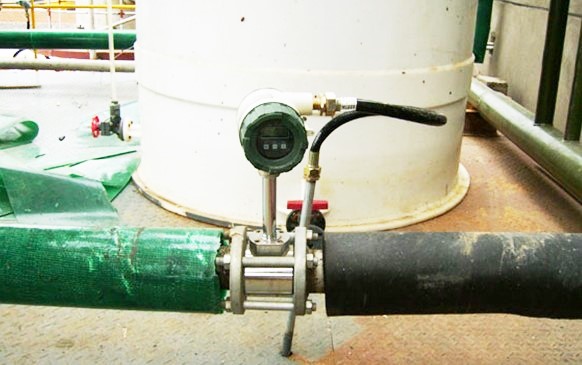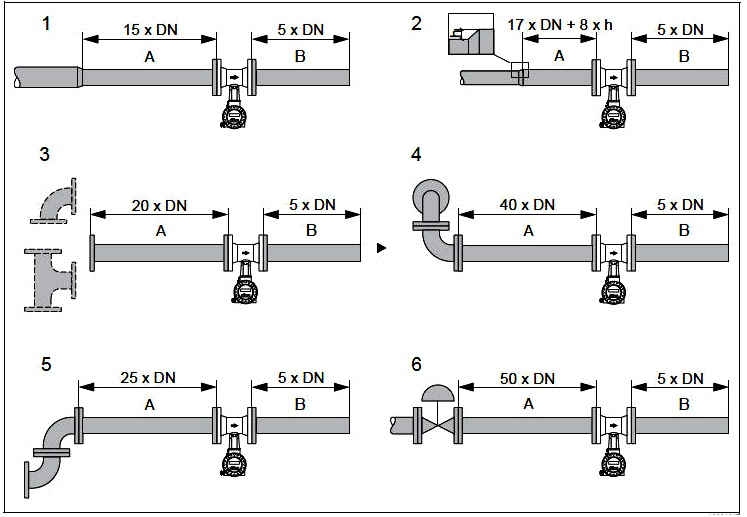Vortex Flow Meter
When a fluid passes by obstruction (bluff body), oscillations of the flow occur. Examples of these oscillations in nature include the whistling caused by wind blowing through the branches of trees or the waving of a flag in the wind.
Note that in these examples, when the flow is slowed, the oscillations stop. That is, the whistling stops when the wind dies down, or the flag does not wave in a mild breeze. This is because when flow hits an obstruction (bluff body or in our flag example the flag pole), it separates and moves around the object to continue on downstream.
Vortex swirls separate from the object (called a bluff body or a shedder) on alternating sides at the contacting point with the object. This shedding causes low pressure swirls on one side and high pressure on the other side. The process is reversed from one side to another and keeps alternating.
The two swirl frequencies are 180° out of phase to each other and the frequency of this shedding process is proportional to the velocity of the flow. By measuring the frequency of formation of the vortex on any side of the bluff body, the flow rate can be obtained. The fluid velocity is proportional to the vortex frequency and the width of the bluff body.
Vortex Flow Meter Installation


